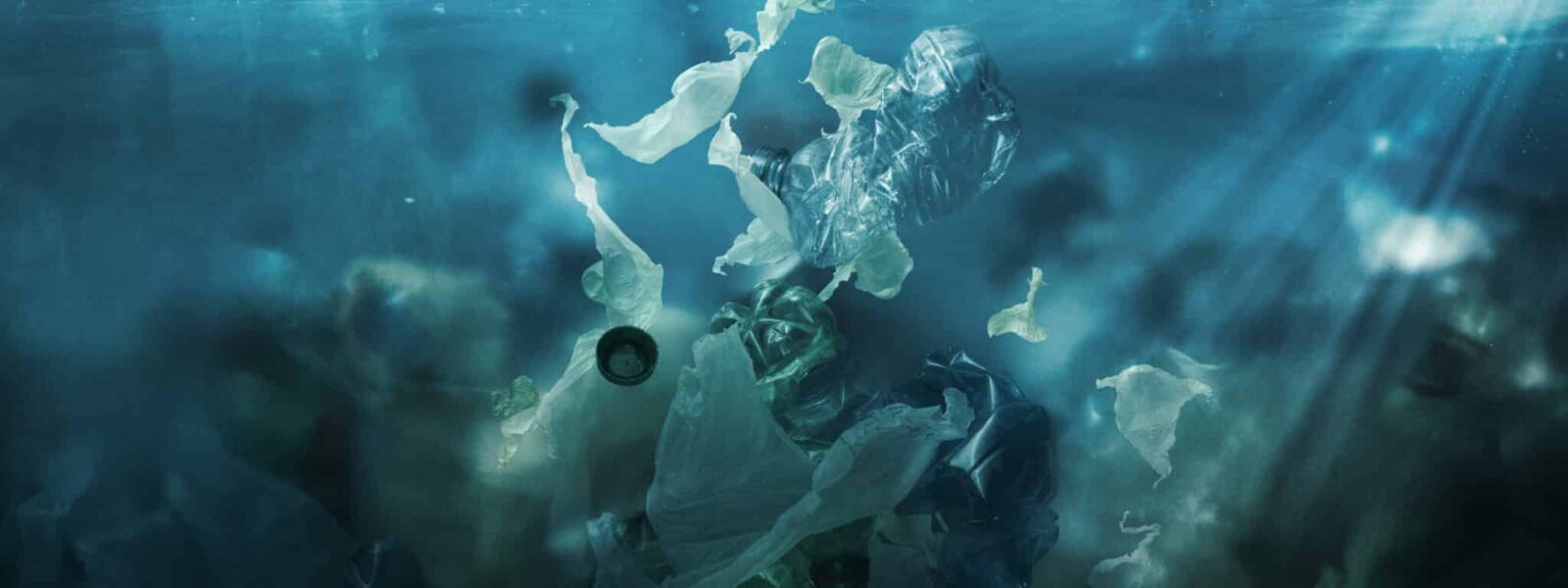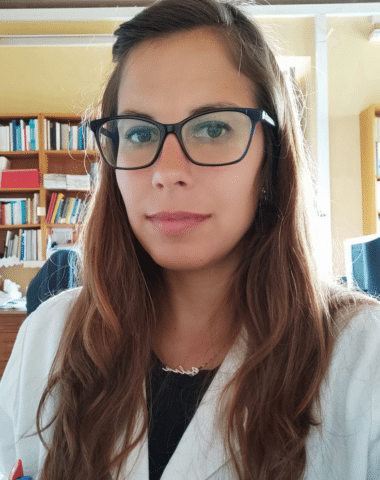“Microplastic pollution in the ocean contributes to antibiotic resistance”
It is now well known that the widespread use of antibiotics – to treat patients, but especially to treat farm animals – has accelerated bacterial resistance to these treatments, rendering many ineffective. Also, no new antibiotics have been discovered in decades, putting us at risk of a future without them – leaving humans vulnerable to microbial infections. The growing phenomenon of antibiotic resistance therefore represents one of the most serious threats to human and animal health today. And a better understanding of the different drivers of this resistance is becoming urgent.
Recently, researchers established a connection between this problem and another major issue of our time: microplastic pollution in the sea. These plastic particles, less than 5mm in size, come from the degradation of plastic waste, or directly from certain products themselves, such as cosmetics. Because of their small size, microplastics found in water (oceans, lakes, rivers) are often ingested by aquatic animals, but also by humans since they can be present in tap water and bottles. They are suspected of having harmful effects on health, and studies to better understand the risks involved are currently being conducted.
Over the past decade, when microbial samples from microplastics floating in the seas and oceans were studied, pathogenic bacteria capable of infecting humans of the Vibrio, Salmonella or Legionella family were found. Furthermore, many of these bacteria carry the genes for antibiotic resistance. Normally, these bacteria are not present in marine waters because they cannot survive in water pH and salinity, or due to other environmental factors, but over time their presence in coastal waters has increased. This is mainly due to the discharge of domestic, industrial or agricultural wastewater in the sea… but also of microplastics. The association between microplastics and pathogenic bacteria seems to be responsible for the longevity of these bacteria in marine environments, their reproduction, and their transport to regions far from the place of discharge into the sea. Biologist Maria Belen Sathicq, post-doctoral fellow at IRSA (CNR), is studying this microbial ecology through the AENEAS research project.
What are the main dangers of the microplastic/antibiotic resistant bacteria binomial for human and environmental health?
Plastic pollution has a major impact on commercial fishing and aquaculture activities. When microplastics accumulate in the tissues of marine animals, they also contaminate all levels of the food chain, right up to our plates. But plastic debris also provides a floating substrate that acts as a carrier for harmful algae, organic pollutants and potentially pathogenic microorganisms. In addition, microplastics can facilitate the transfer of genes for antibiotic resistance to aquatic animals that ingest or filter them… and then to consumers of fish and seafood, especially when ingested raw.
A 2018 study found that the gut microbiota of people who spend a lot of time near polluted coastlines often carry antibiotic-resistant bacteria.
A 2018 study found that the gut microbiota of people who spend a lot of time near polluted coastlines often carry antibiotic-resistant bacteria. As for the environment, microplastics also induce resistance in aquatic microbial ecosystems to other pollutants, such as heavy metals. However, while these phenomena are confirmed by several experimental studies, the search for evidence of the impact of microplastics on microbial communities in the natural environment is still in its infancy.
What is the “plastisphere” and how is this new ecological niche formed in which antibiotic-resistant bacteria proliferate, among others?
Bacteria, algae and fungi attach themselves to the surface of various hard substrates – natural or artificial. This then gives rise to a biofilm – an adhesive and protective matrix produced by the microorganisms themselves – in which they live. In 2013, Zettler and colleagues proposed the term “plastisphere” to refer to the microbial communities discovered on microplastics collected in the North Atlantic. Since then, several research studies have shown that plastic can allow specific microbial communities to survive in water. Microplastics are thus a new ecological niche offering bacteria greater chances of survival in the natural environment, and in which genetic exchange between different individuals or species is favoured by the proximity provided by the biofilm.
Your AENEAS project is coming to an end. What methods were used and what results were obtained?
The project, born in 2019 thanks to the support of the AXA Research Fund, aimed to study the impact of microplastics on microbial communities in coastal waters of the northern Mediterranean region, with a particular focus on the potential selection of antibiotic resistance within communities exposed to microplastic pollution. We first assessed plastic composition and microbial community diversity on microplastics at six sites along the northern Tyrrhenian Sea coast. We found that the dominant polymer there was polyethylene, and that its greatest concentration was not in sites with the greatest anthropogenic impact (such as ports), as might have been expected, but in less frequented areas, such as nature reserves.
The bacterial colonies present on microplastics and in water are very diverse, but potentially pathogenic Vibrio bacteria and antibiotic resistance genes (especially against tetracycline), are the most abundant on microplastics in water. In a second step, we analysed the role of different polymers on bacteria, in particular on pathogens. We mainly studied tyre rubber, a type of plastic with a very complex chemical composition. Indeed, this material exerts selection, and potentially pathogenic bacteria (e.g. Pseudomonas, Aeromonas, Acinetobacter) are relatively more abundant where it is found. Finally, we are planning a survey to understand the level of risk perception of citizens living around these issues who live near the coastal areas we are studying, it will involve high school students.
Going forward, what are the most pressing areas to study to curb the spread of antibiotic resistance?
There is still much to be learned about the role of microplastics in the spread of antibiotic resistance, although research has already accumulated a great deal of evidence via laboratory studies. However, results strongly suggest that microplastics act as a long-term reservoir for antibiotic resistance due to their durability, but the role of each type of polymer and additive needs to be studied. It is also important to evaluate the behaviour of bioplastics; a promising substitute for petroleum-based plastics, that may be similar to other conventional plastics in terms of microbial community formation.
The growing threat of antibiotic resistance requires a multi-sectoral approach, which views human, animal and environmental health as connected and dependent on each other (One Health concept). There are still many issues to be resolved: human abuse of antibiotics, excessive use of these drugs in animal farming, and the effectiveness of wastewater treatment plants in removing pollutants such as microplastics.















